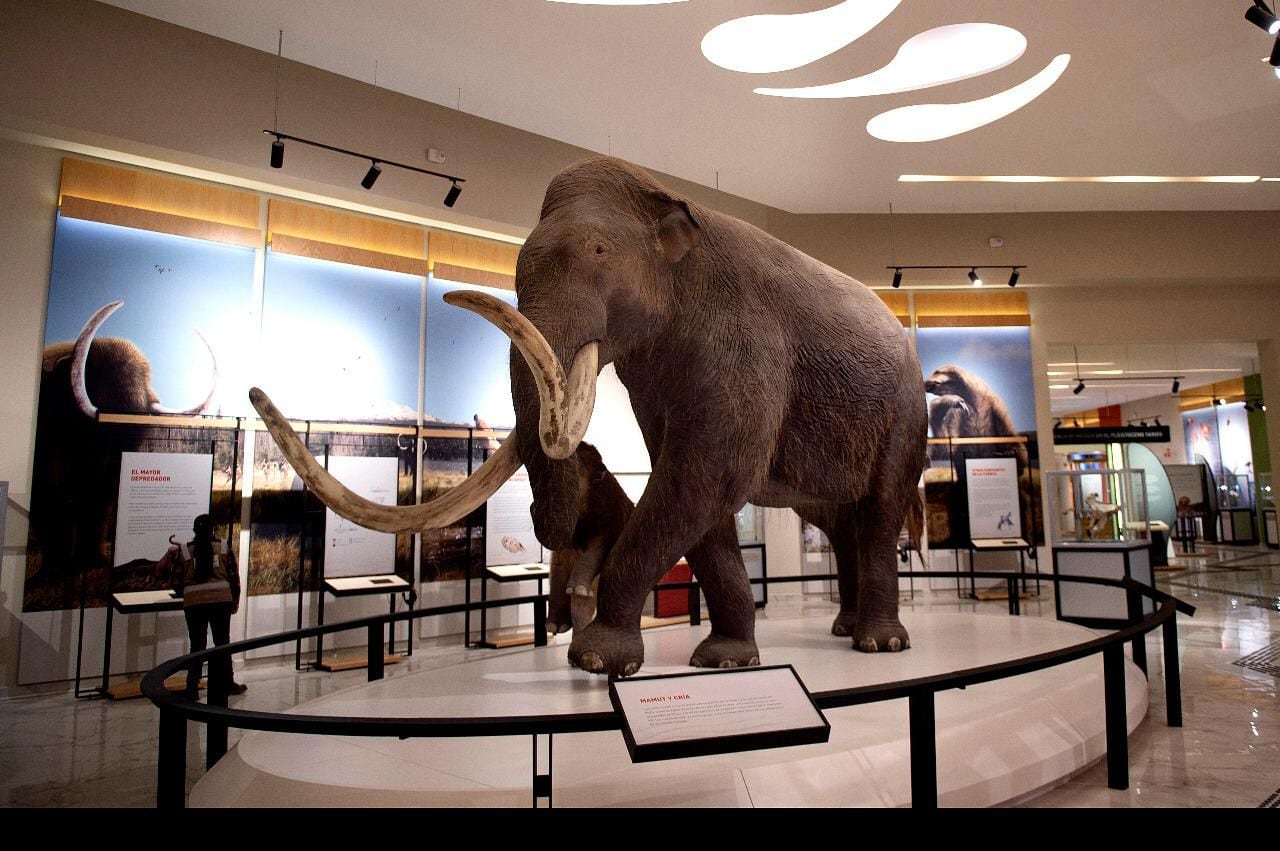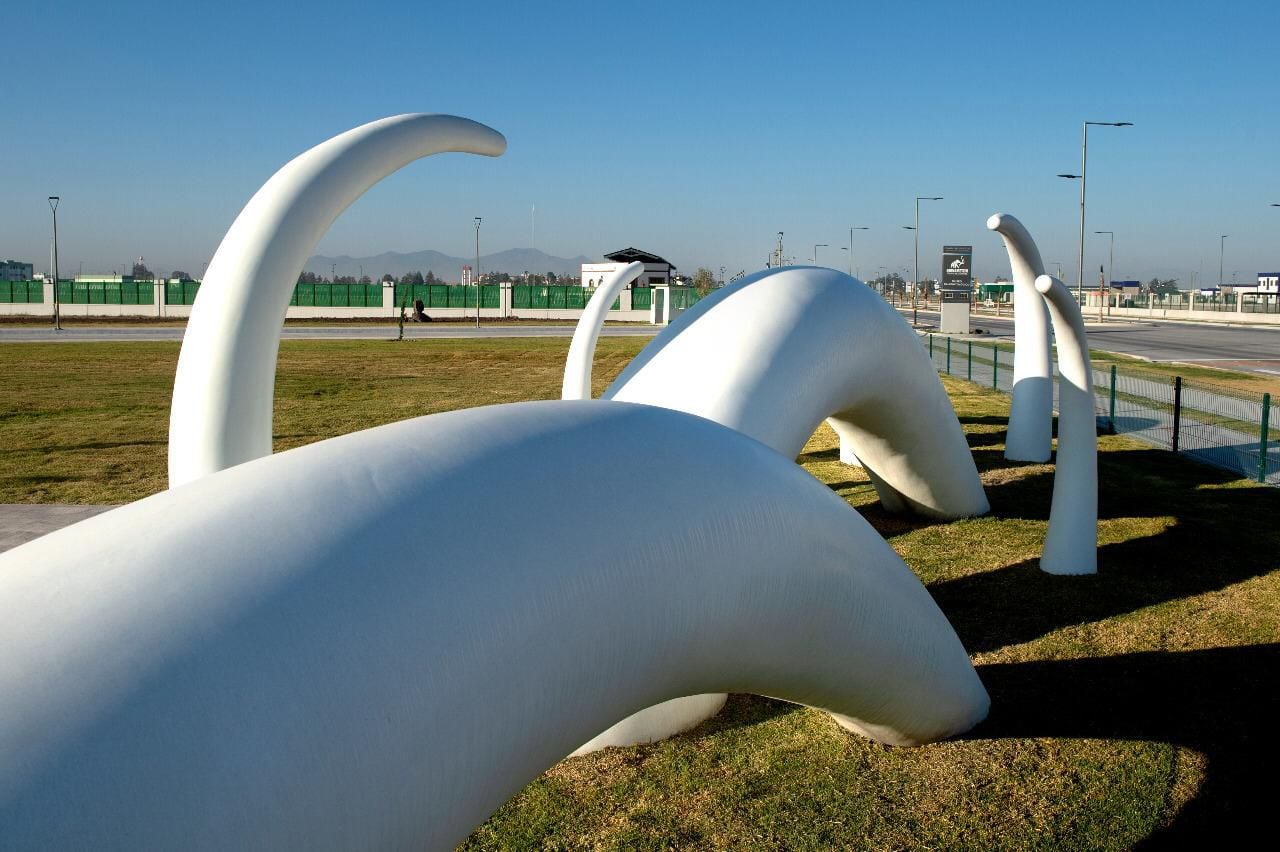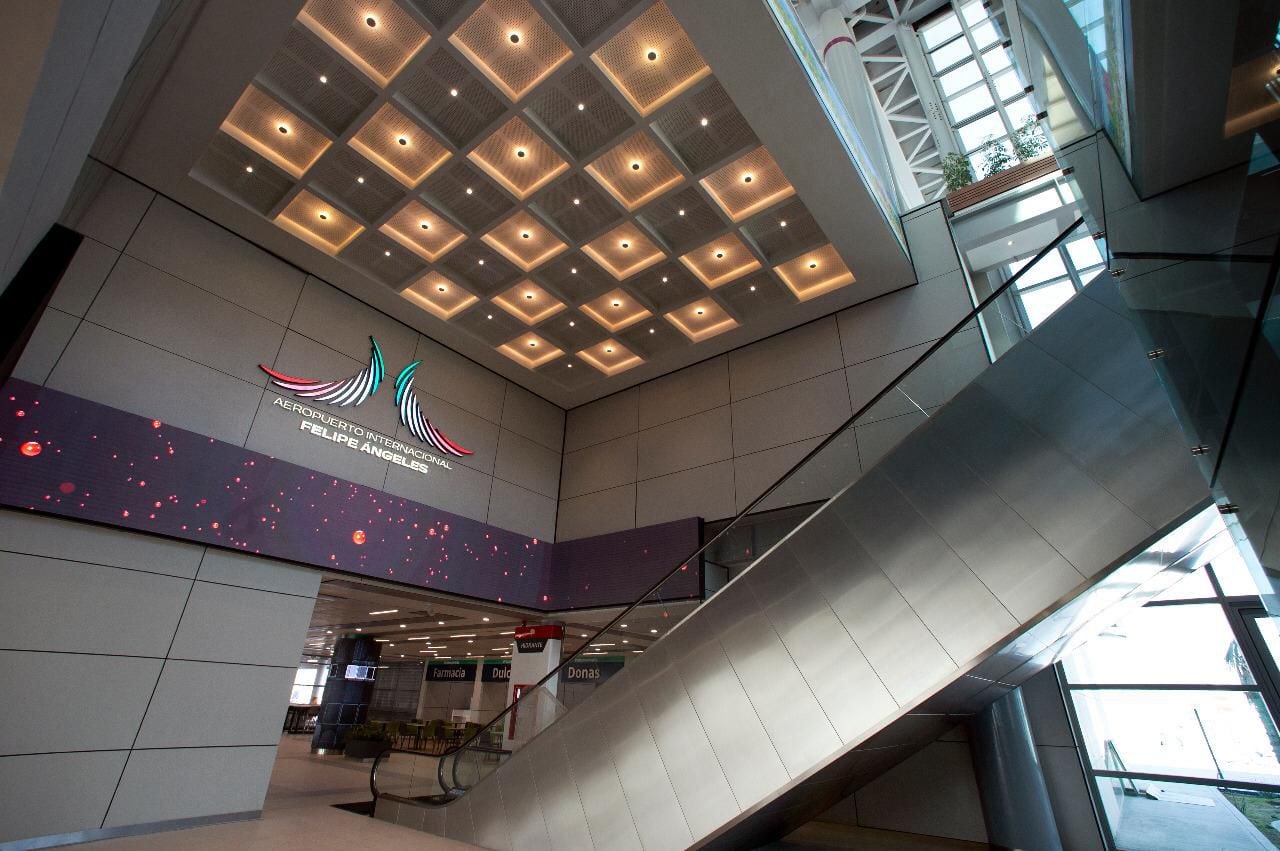
The Mammoth Museum and its research center have six permanent exhibition halls and a virtual space immersive to the megafauna and Pleistocene environment at the Airport Felipe Angeles International. This is a collaboration between the Secretariat of National Defense and the Secretariat of Culture, through the National Institute of Anthropology and History.
They are located in the cultural pavilion of the airport, where the research center continues with the analysis of the numerous bone remains that were found on the grounds of the air terminal. And they are open to the public from Tuesday to Sunday from 10 am to 4 pm, it also has a room for temporary exhibitions, a themed garden, digital interaction rooms and 4k screenings, areas for children's workshops, cafeteria services and souvenir shops.

According to the president of the INAH Council of Paleontology, Felisa Aguilar Arellano, the first permanent room “tells the geological history of the Basin of Mexico, based on sedimentological, volcanological and other elements that help us to reconstruct the evolution of volcanism and climate over the past 30 million of years”.
Room 2, researchers from INAH, the National School of Anthropology and History and UNAM mention that it is dedicated to the Columbian mammoth, one of the Pleistocene species with the greatest presence in the territory that Mexico today occupies. In his words: “We talk about the origin, evolution, migration and other characteristics of the Columbian mammoth. In this room you will be able to see one of the most complete skeletons — with 96% of its skeletal remains — recovered during the archaeological rescue work at the airport. In addition, a representation of a female with her calf is included, so that visitors can see and compare the size of these animals.”

The name of the museum, Quinametzin, is explained by paleontologist Felisa Aguilar, which is a Nahuatl word that means “giant” ', alluding to the idea that in pre-Hispanic times they had about fossils in Mesoamerica, in her words: “when they found traces of megafauna, it was believed that those bones of large size belonged to the giants who had created the world in previous eras.”
On the other hand, the Research Centre protects and will continue to investigate the fossil remains and the information that has been recovered at AIFA, so that visitors can learn about the paleontological heritage of the Late Pleistocene. It has an area of 2,600 square meters, with laboratories, a restoration-conservation area and an osteotheque, which holds more than 62,000 pieces found in the now new airport.

The specialist mentions that this research center is considered to be a core area for Late Pleistocene paleontology in our country, since it will allow continuity to the analysis of the paleontological and archaeological remains that have been discovered in the nearly 600 points of exploration, since November 5 2019 until today at AIFA.
It should be noted that this is one of the three museums in the new Felipe Ángeles International Airport; the second one called the Military Aviation Museum, houses 50 Mexican Air Force aircraft, while the last one is the Museum of Mexican Railways, which exhibits three carriages in which formerly they were moving Mexican troops.
KEEP READING:
Últimas Noticias
Debanhi Escobar: they secured the motel where she was found lifeless in a cistern
Members of the Specialized Prosecutor's Office in Nuevo León secured the Nueva Castilla Motel as part of the investigations into the case

The oldest person in the world died at the age of 119
Kane Tanaka lived in Japan. She was born six months earlier than George Orwell, the same year that the Wright brothers first flew, and Marie Curie became the first woman to win a Nobel Prize

Macabre find in CDMX: they left a body bagged and tied in a taxi
The body was left in the back seats of the car. It was covered with black bags and tied with industrial tape
The eagles of America will face Manchester City in a duel of legends. Here are the details
The top Mexican football champion will play a match with Pep Guardiola's squad in the Lone Star Cup

Why is it good to bring dogs out to know the world when they are puppies
A so-called protection against the spread of diseases threatens the integral development of dogs




